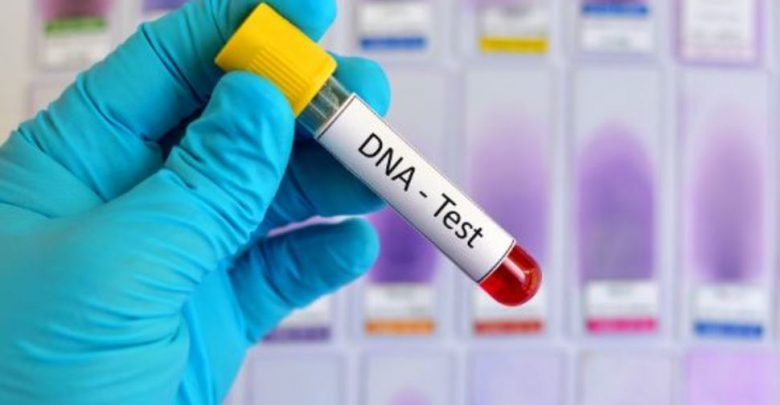Through ancestry searches or parentage investigations a lot of people have gone through the process of submitting a DNA test. While it’s incredibly common now to send off a swab to a laboratory, and receive a whole host of information about your lineage right to your fingertips, how do DNA tests actually work?
DNA Alphabet
The basic building blocks of DNA are broken down into four base letters; C, G, T and A. These letters represent the four chemicals that make up DNA. A and T are always paired together, as are C and G, but with strands of DNA spanning billions of letters there are infinite possibilities in letter combinations. These masses of different sequences provide the different attributes that set each human apart from another; hair and eye color, height, handedness. Anything that makes you unique comes from the DNA sequencing that each of your parents hand down to you.
Going back to the letter chemicals, let’s say for example that the child’s mother has the sequence CGATATAT repeated three times in one sequence of DNA and eight times in another, creating a signature. This is known as a marker. This pattern will also be found in the child in one repetition of either three or eight, and a second repetition that will match up to the father. By testing as many of these markers as possible – and with the mother’s DNA – a doctor or scientist can deduce whether the man providing the sample is the father or not to a high degree of accuracy.
Testing Procedure
A sample of blood, hair or saliva are the most common types of DNA-rich materials to use in testing. Because DNA is universal across the body, a cheek swab is the easiest and safest way of testing, particularly if the child is young. With paternity testing DNA is ideally taken from the mother, father and child to get a clearer profile match, however the mother’s sample is not essential to the overall process. Both or all samples are compared to each other to see which strands the child has inherited from their mother, and therefore which strands must have come from the father. If the possible father fails to match the remaining markers of the child they can be eliminated from consideration. If they share every marker with the child that doesn’t already match the mother then the likelihood of them being the biological father is 99.9 percent.
While other paternity DNA testing is available for a prenatal procedure it would be wise to wait until the child is born. An unwanted result from a prenatal test can cause a breakdown in a relationship while still pregnant, leading to undue stress to the mother which could, in turn, affect the unborn baby’s health. The means of testing itself can be dangerous for the child too. It’s worth knowing that, if you’re taking a test purely for peace of mind, ancestry testing kits check more markers than even paternity tests do!

